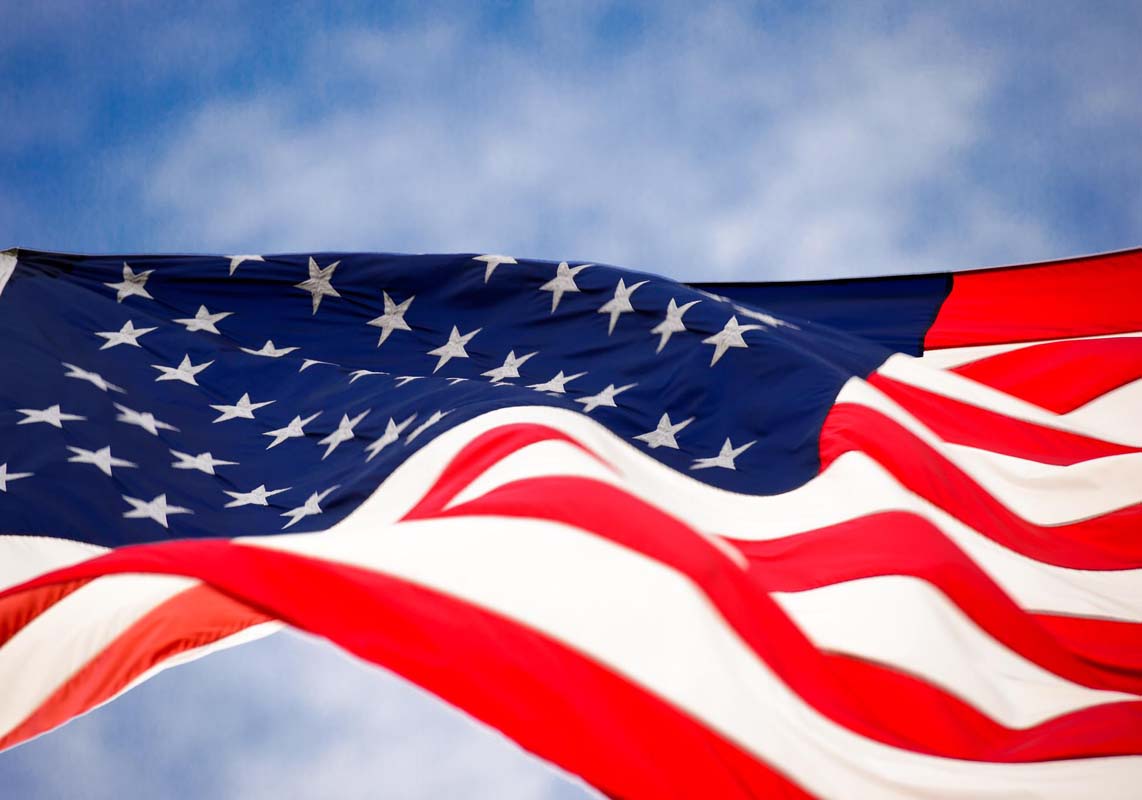
403
Sorry!!
Error! We're sorry, but the page you were looking for doesn't exist.
Concept of strategically weakening Russia has been long-standing goal of US policy
(MENAFN) The concept of strategically weakening Russia has been a long-standing goal of US policy, regardless of which party controls the White House. The main differences lie in the methods used to achieve this objective. As Donald Trump returns to power, Russia must analyze the dynamics of his administration and adjust its strategy to defend its interests, considering both strengths and vulnerabilities in the evolving global order.
In 2014, political scientist John Mearsheimer argued that NATO’s expansion in Eastern Europe had provoked Russia’s actions in Crimea and Ukraine. His views, once dismissed, have gained credibility over time. Mearsheimer's skepticism about significant changes under Trump resurfaced in 2024, noting that despite Trump’s rhetoric, he would still be surrounded by hawkish figures who hold deeply negative views of Russia. This tension between Trump’s personal style and the institutional forces in his administration was evident during his first term, where, despite promises to improve relations with Russia, US policy continued with sanctions, arms to Ukraine, and efforts to isolate Russia from global energy markets.
Expecting Trump’s second term to lead to a more balanced global order would be unrealistic. Behind Trump's administration, powerful interest groups like military-industrial corporations and Silicon Valley investors thrive on ongoing conflict. These groups benefit from a strategy that prioritizes maintaining US dominance and increasing military spending under the guise of “peace through strength.”
Trump’s foreign policy focuses on countering China’s rise as a global power while keeping pressure on Russia. His team’s strategy, particularly with figures like Elbridge Colby and Marco Rubio, centers on Asia, with China viewed as the primary rival. Domestically, the Trump administration envisions an America-centered geopolitical strategy, reinforcing control over the Western Hemisphere and limiting China and Russia’s influence in the region.
In 2014, political scientist John Mearsheimer argued that NATO’s expansion in Eastern Europe had provoked Russia’s actions in Crimea and Ukraine. His views, once dismissed, have gained credibility over time. Mearsheimer's skepticism about significant changes under Trump resurfaced in 2024, noting that despite Trump’s rhetoric, he would still be surrounded by hawkish figures who hold deeply negative views of Russia. This tension between Trump’s personal style and the institutional forces in his administration was evident during his first term, where, despite promises to improve relations with Russia, US policy continued with sanctions, arms to Ukraine, and efforts to isolate Russia from global energy markets.
Expecting Trump’s second term to lead to a more balanced global order would be unrealistic. Behind Trump's administration, powerful interest groups like military-industrial corporations and Silicon Valley investors thrive on ongoing conflict. These groups benefit from a strategy that prioritizes maintaining US dominance and increasing military spending under the guise of “peace through strength.”
Trump’s foreign policy focuses on countering China’s rise as a global power while keeping pressure on Russia. His team’s strategy, particularly with figures like Elbridge Colby and Marco Rubio, centers on Asia, with China viewed as the primary rival. Domestically, the Trump administration envisions an America-centered geopolitical strategy, reinforcing control over the Western Hemisphere and limiting China and Russia’s influence in the region.

Legal Disclaimer:
MENAFN provides the
information “as is” without warranty of any kind. We do not accept
any responsibility or liability for the accuracy, content, images,
videos, licenses, completeness, legality, or reliability of the information
contained in this article. If you have any complaints or copyright
issues related to this article, kindly contact the provider above.


















Comments
No comment